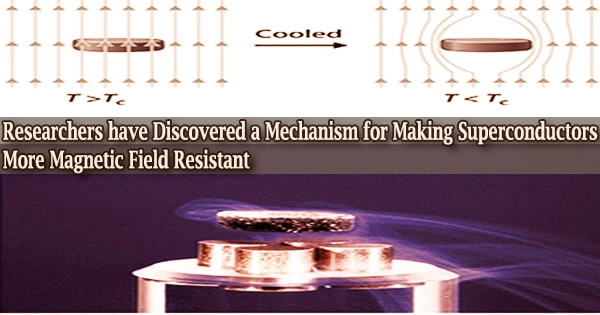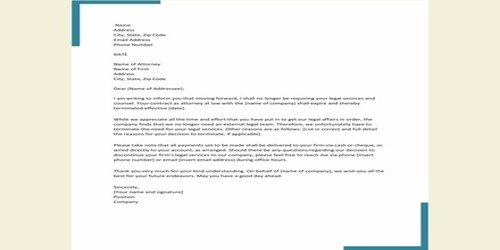Strong magnetic fields are known to easily destroy superconductivity. A superconductor with atomic-scale thickness can keep its superconductivity even when a high magnetic field is applied to it, according to researchers from NIMS, Osaka University, and Hokkaido University.
The team has also discovered a new mechanism that is responsible for this event. These findings could aid the creation of magnetic field-resistant superconductors and topological superconductors made up of superconducting and magnetic materials.
Magnetic resonance imaging (MRI) and very sensitive magnetic sensors are two examples of superconductivity-based technologies. In recent years, topological superconductors, a type of superconductor, have gotten a lot of attention.
They can store quantum information for a long time and can be combined with magnetic materials to create qubits, which could allow quantum computers to do extremely complex calculations.
Strong magnetic fields or magnetic materials in close proximity, on the other hand, can easily destroy superconductivity. It is thus desirable to produce a magnetic field-resistant topological superconducting material.
The researchers recently created atomic-scale thick crystalline layers of indium, a typical superconducting material. The scientists then identified a new mechanism that prevents a strong magnetic field from destroying the superconductivity of these films.
The magnetic field interacts with electron spins when it is applied to a superconducting material. It causes the material’s electrical energy to shift, destroying its superconductivity.
When a superconducting material is thinned to a two-dimensional atomic layer, however, the spin and momentum of the electrons in the layer get entangled, causing the electron spins to rotate regularly.
This counteracts the effect of the magnetic field’s fluctuations in electronic energy, preserving superconductivity. This technique can boost the critical magnetic field strength, which is the maximum magnetic field strength over which superconductivity vanishes, to 16-20 Tesla, which is roughly treble the predicted value.
As it was seen for ordinary superconducting material, it is believed to have a wide range of uses and does not require either specific crystalline structures or strong electronic correlations.
We hope to build superconducting thin films that can withstand even greater magnetic fields based on these findings. We also plan to construct a hybrid device made up of superconducting and magnetic materials, which will be crucial in the development of topological superconductors, which will be a key component in next-generation quantum computers.
















